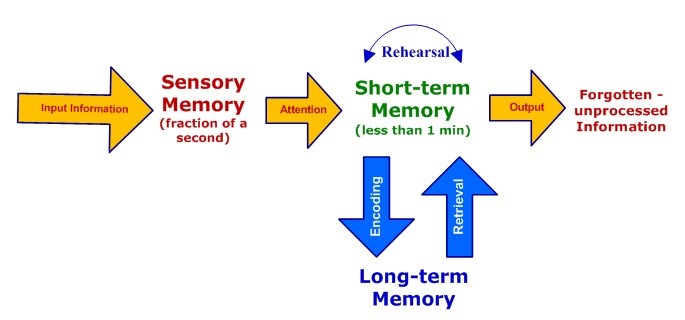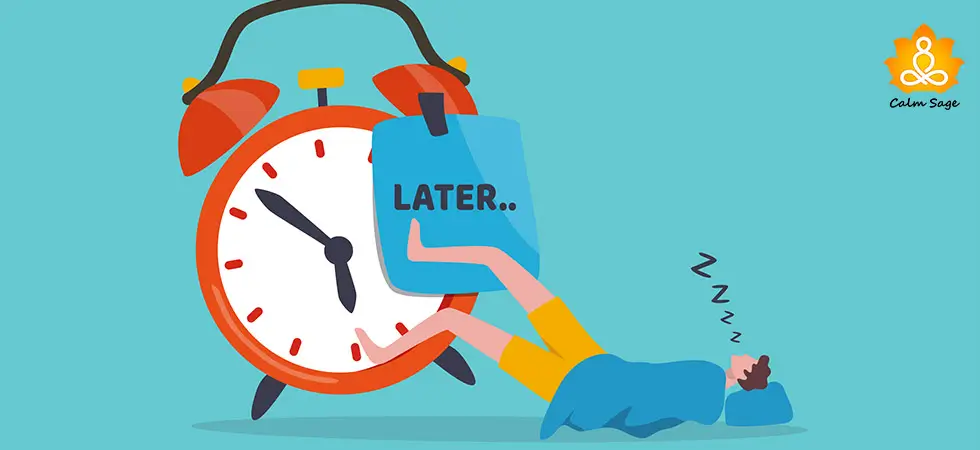What Is Sensory Memory? Know The Types, Examples & Facts About This Memory Type

List of Contents
Do you remember the tune of the song you listened to when you were a teenager? You might not remember the name of the song, the singer, or where you heard the song but you remember the tune, the rhythm of the song. Well, it’s your sensory memory at work!
Sensory memory is one of the many memory types that help us process and retain what we see, hear, or taste. Sensory memory, while fleeting, is different from short-term memory. This fleeting sensory memory allows us to retain sensory information even after the original memory is gone.
While only for a brief period, sensory memory helps us register a great amount of information about our surroundings. This memory type aims to retain details long enough for them to be remembered in the future.
Let’s take a look at what sensory memory is, the types of sensory memory, some examples, and what the function of sensory memory is!
What Is Sensory Memory?

Sensory memory is a short-term, or fleeting memory type but also a memory source that can retain large amounts of information. The information or details sensory memory retains is the raw data that, later on, our brain processes to make sense of the information.
Sensory memory lasts only for a few seconds but during this time, our brain receives signals from sensory receptors that include what you see, hear, or smell. Still, with all the stimulation, our brain receives, it targets the details we want to remember.
Sadly, with age, sensory memory declines as well. Since our brain takes time to process sensory information, it takes in less sensory input, hence – memory decline.
Sensory Memory Example
An example of sensory memory can be when you read a word or a sentence but then can recall the way it sounds when someone says the word.
Another sensory memory example can be:
when you look at an item and then close your eyes. With your eyes closed, you can observe how the item looks for a millisecond before the image fades away. Our sensory memory is what helps us hold the image before fading.
Types Of Sensory Memory
Experts believe that our various senses have different sensory inputs. Some types of sensory memory can include:
1. Iconic or Visual Memory
Iconic or visual memory involves a very fleeting memory image. This type of sensory memory lasts for almost one-half of a second. For iconic memory to work, the visual object must be still.
In the case when it isn’t still, our brains won’t transmit the reception. In a study, a researcher showed an image that was quickly followed by a flash of light. Participants couldn’t recall the image because of the flash.
In conclusion, our brain didn’t have enough time to process the image, hence the memory was blurred.
2. Echoic or Auditory Memory
Echoic or auditory memory involves a fleeting memory of a sound and can last up to 3-4 seconds. In an older study, participants were read a list but were asked not to remember the last item on the list. The researchers then proceeded to read the list in a normal tone. Then, they read the same list but with a different tone for the last item, which the participants weren’t supposed to remember.
At the end of the study, the researchers found that participants were able to recall the list when the last word was heard differently. In conclusion, our brain is better at remembering when there’s a difference in sensory information.
3. Haptic or Touch Memory
Haptic or touch memory involves a feeling of touch. Also known as tactile memory, this type of sensory memory can last for 2 seconds. In a study, researchers asked participants to hold a pen for 10 seconds. Later, they were given two similar pens and were asked to identify the original pen.
When asked immediately after the study, 94% of the participants could recall the original object.
Also Read: Stress & Memory | How Stress Affects Our Memory
How Does Sensory Memory Work?

Pic credit: The Peak Performance Center
During our lives, our senses are always active, taking in large amounts of information and details about what we see, hear, taste, smell, and touch. While these details are important, there is no way we may remember each detail we experience every waking moment.
Here our sensory memory helps! Our sensory memory takes a quick snapshot of our experiences and allows us to focus (while briefly) on the important details.
While brief, sensory memories allow us to retain information about our environment even after the original memory of it fades. With this information, we can transfer the details into the next stage – short-term memory.
Short-term memory differs from sensory memory as short-term memory holds the information we actively think about or want to remember. While short-term memory lasts only for a minute or two, it can hold large amounts of data. Short-term memory can be quickly forgotten if we don’t make a conscious effort to hold them.
The function of sensory memory is to momentarily take in all sensory experiences entering into our sensory system, long enough for it to be processed and determined important enough to enter our short-term memory.
Writer’s Thoughts About Sensory Memory
Sensory memory is important for us to process and recall sensory information about what we experience in our lives. Once our senses – touch, smell, see, hear, or taste – experience something, our brains either process or dismiss the details before moving them (the processed memory) to the short-term memory bank.
Sensory memory plays an important role in the attention and processing of our memories. No matter how fleeting this memory type can be, understanding how sensory memory works can help you understand a lot about how your brain computes and stores memories.
I hope this blog helped you understand what sensory memory is and how it works. If you found this article interesting, you can write to us at info@calmsage.com or let us know your thoughts and comments below!
Next Read:




















